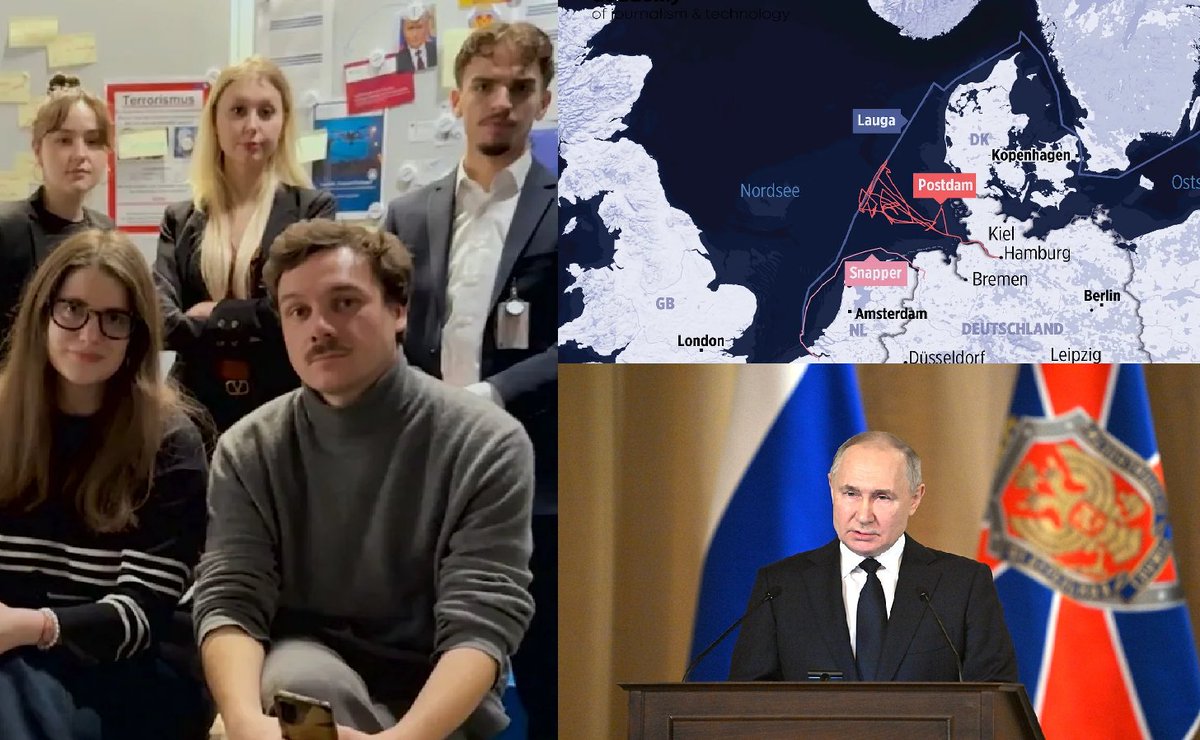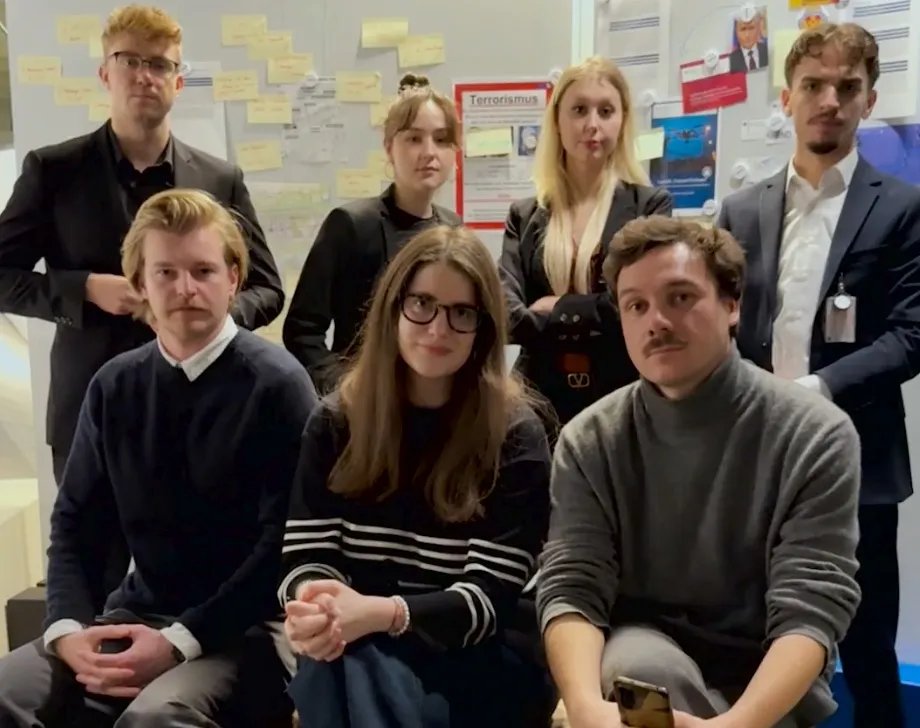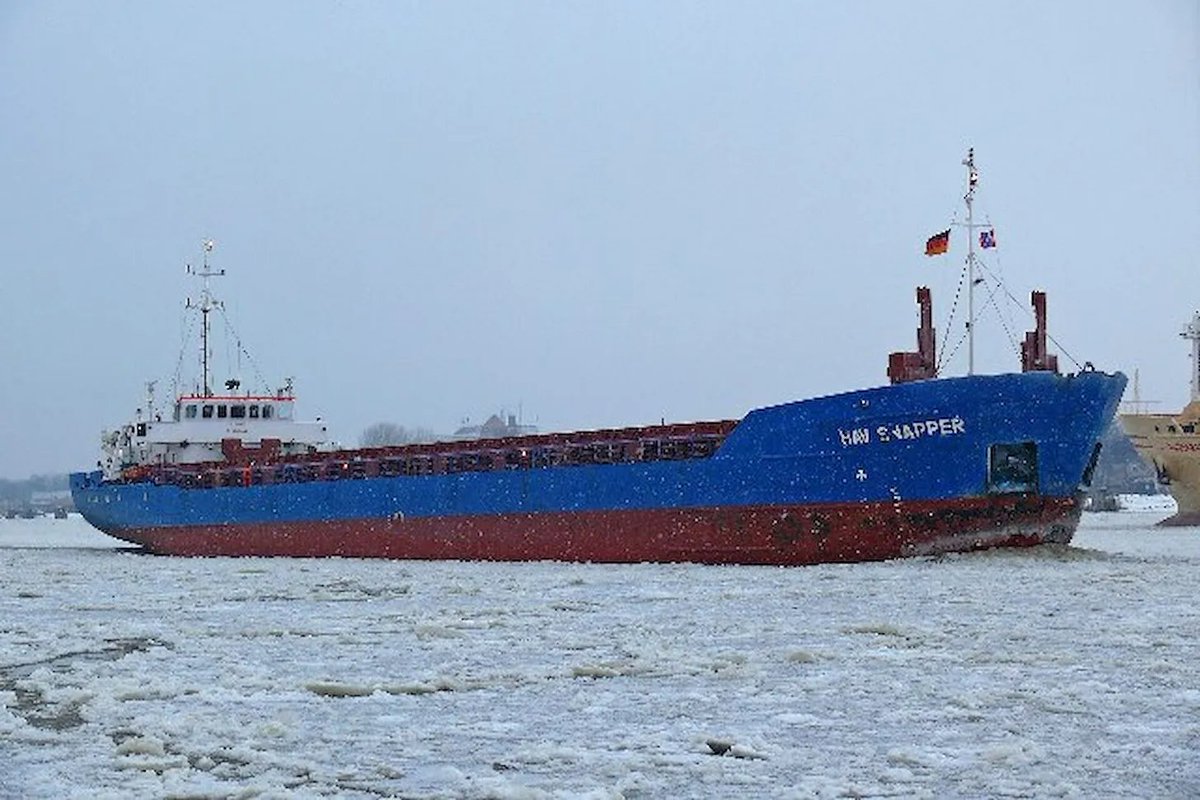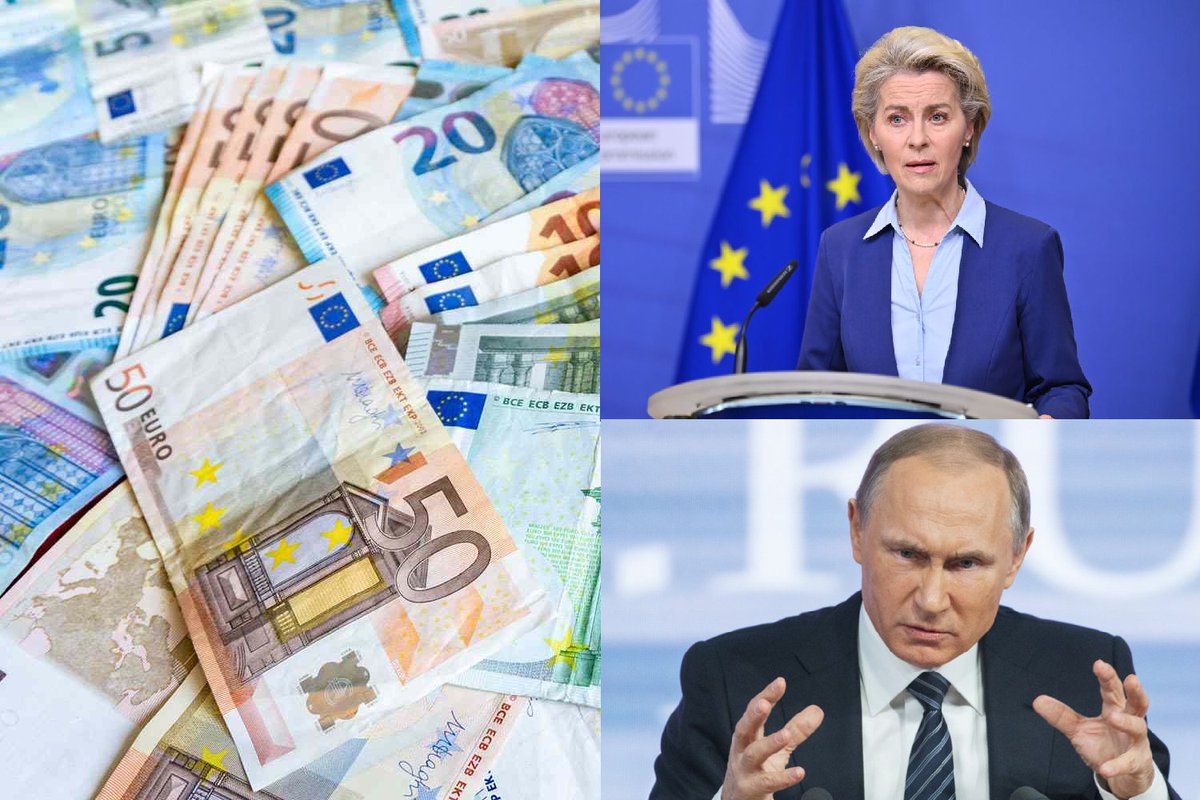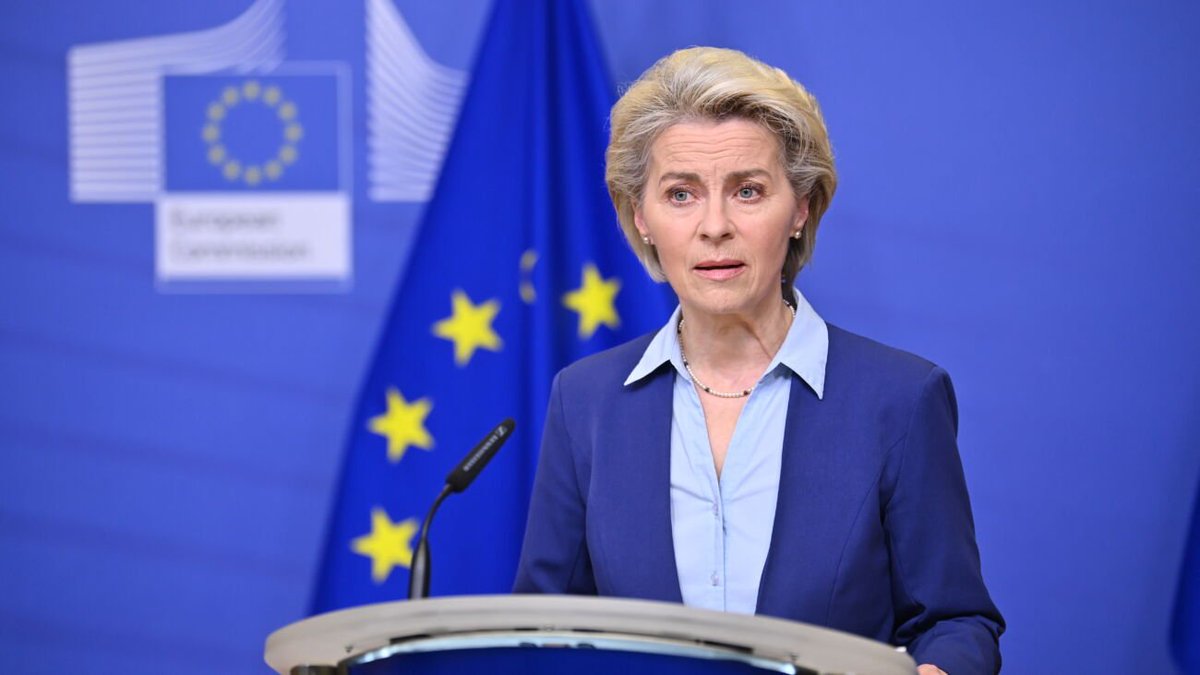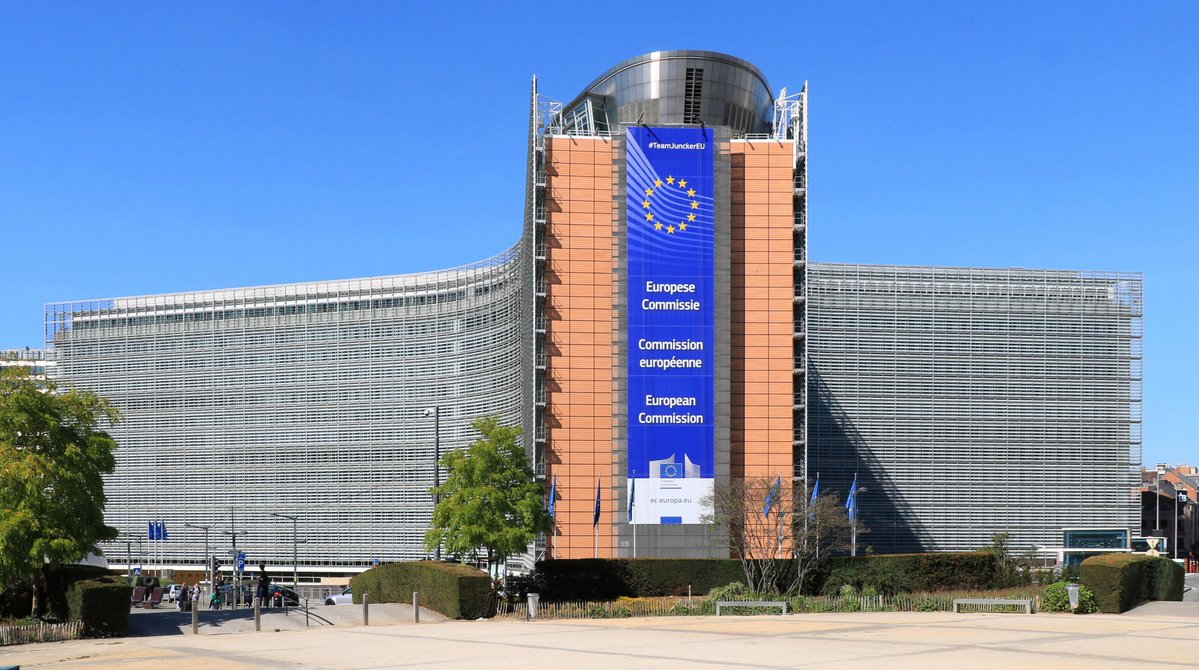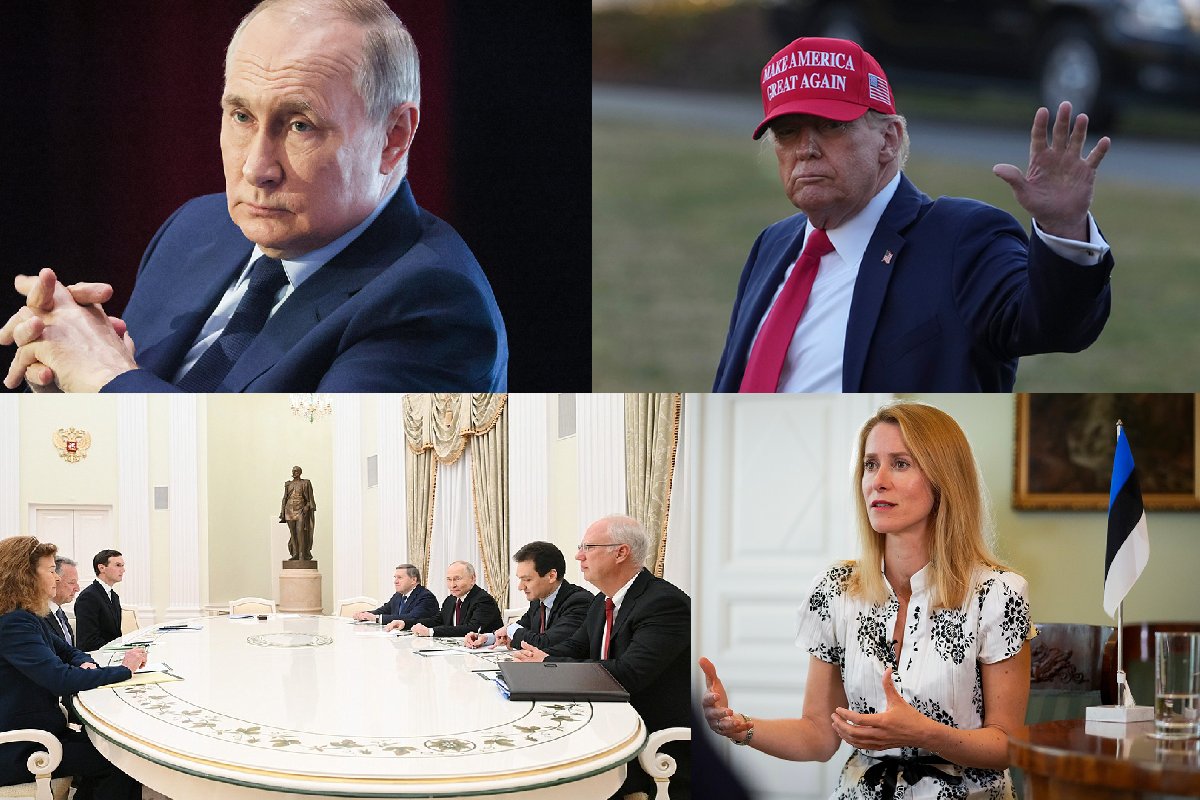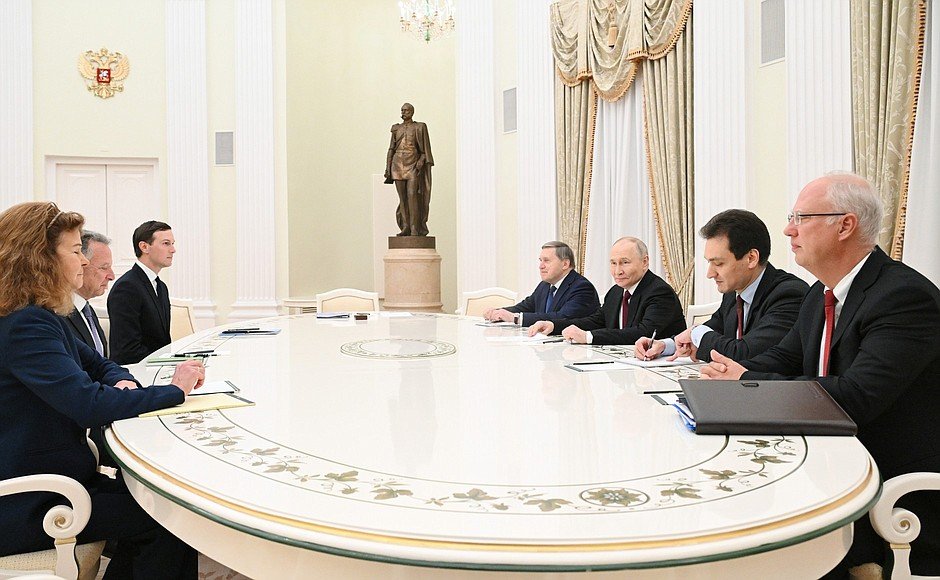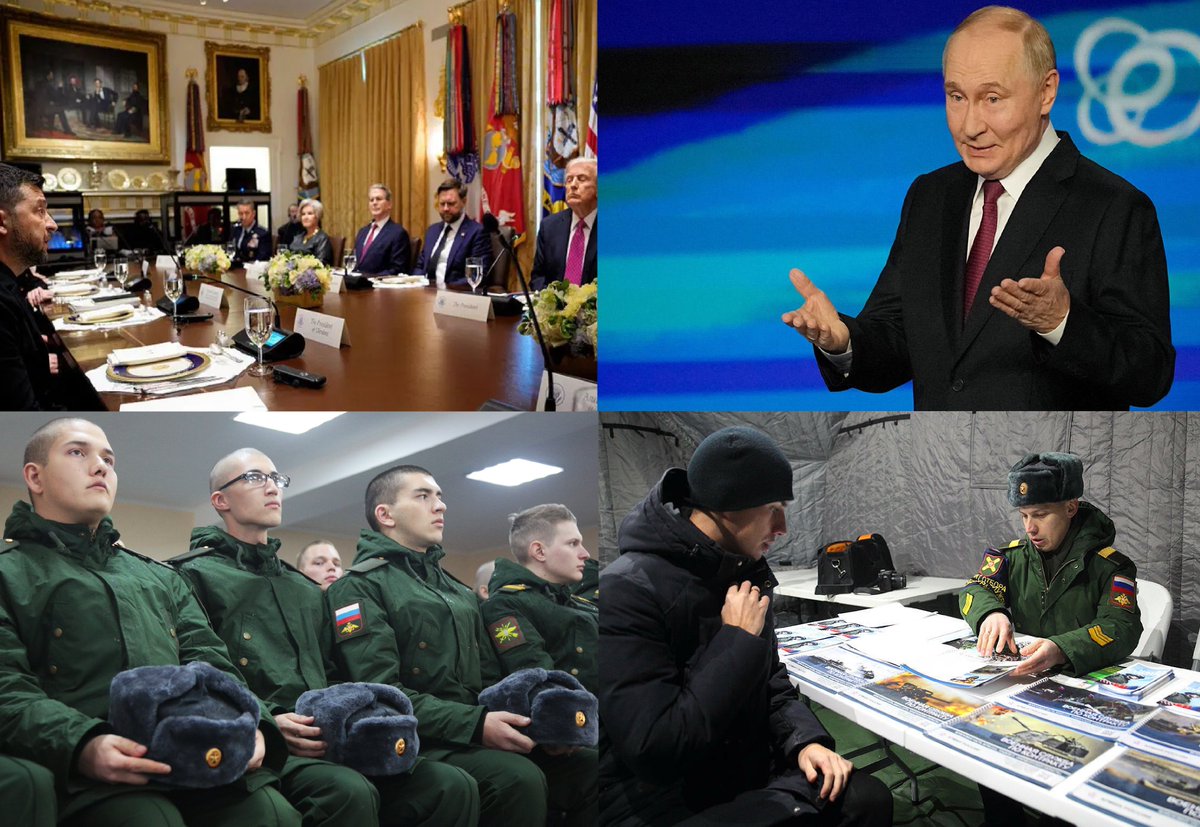Two years after explosions ripped through the Russian-controlled Olenivka prison, killing more than 50 Ukrainian prisoners of war, injuring dozens more, independent investigations into the attack have stalled or been abandoned. An unpublished internal UN analysis concludes
1/14
1/14

Russia was behind the attack. All the men listed were from the Azov unit who became national heroes after holding out for months against an overwhelmingly larger Russian force in the city of Mariupol. The prisoners were told to be ready. No one knew why. On the morning
2/14
2/14

of July 27, 2022, the group was rounded up and led to an industrial section of the colony, away from the other five POW barracks. They were taken to a cinder-block building with a tin-plate roof and 100 bunks, no mattresses and a hastily dug pit toilet, multiple survivors
3/14
3/14

told The Associated Press. The prison director visited to tell them that their old barracks were under renovation, although plenty of other prisoners had remained. Ukrainians who have been since released said there was no renovation. That first day, the guards dug trenches
4/14
4/14

for themselves. Ukraine’s Security Service told AP that their analysis confirmed the presence of the unusual new trenches. On July 28, the colony management ordered the guard post moved further away, and for the first time the barrack guards “wore bullet-proof vests and
5/14
5/14

helmets which they had not done before and unlike other colony personnel who rarely wore them,” according to a section of the internal U.N. analysis later incorporated into public reports. On the night of July 28 around 10:30 p.m., Arsen Dmytryk completed his checks, cut the
6/14
6/14

lights, climbed into the top bunk and fell asleep at once. An explosion woke him perhaps 45 minutes later, followed by the sound of a Grad missile launcher. But he’d heard that before and drifted back to sleep. According to the analysis, other Ukrainian prisoners were then
7/14
7/14

sent to the bombed barracks and ordered to remove debris and the remaining bodies. Two hours later, that group was sent into a nearby hangar, and some saw men in camouflage bringing boxes of ammunition to the blast site and setting HIMARS fragments on a blue bench nearby.
8/14
8/14

Russian officials soon arrived, accompanied by Russian journalists whose images of twisted, charred bunk beds, HIMARS fragments and bodies laid out in the sun spread across the world. The Ukrainians in the nearby hangar said after everyone was gone, the men in camouflage
9/14
9/14

returned everything to the boxes and left. As the clock ticked down to a U.N. Security Council meeting later that day, Russia and Ukraine blamed each other. Russia opened an investigation and said Kyiv did it to silence soldiers from confessing to their “crimes” and used
10/14
10/14

their recently acquired American-made HIMARS rockets. Ukraine denied the charge and said Russia was framing Ukraine to discredit the country before its allies. The international community didn’t know who to believe. That’s when the U.N. secretary general announced it would
11/14
11/14

conduct its own investigation, but negotiations to access the site were long and ultimately fruitless. Guterres’ special mission was disbanded on Jan. 5, 2023, having never traveled to Ukraine. “The members of the mission were of the view that it would be indispensable for
12/14
12/14

them to be able to access all the relevant sites, materials and victims in order to fulfil its task and establish the facts of the incident,” U.N. spokesman Stephane Dujarric told AP. Without that, the mission “was not in a position to provide any conclusions.”
13/14
13/14

Source -
14/14apnews.com/article/russia…
14/14apnews.com/article/russia…
• • •
Missing some Tweet in this thread? You can try to
force a refresh


